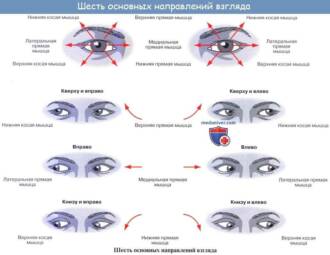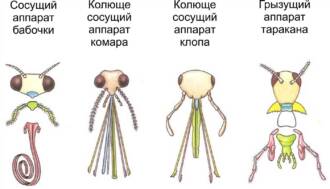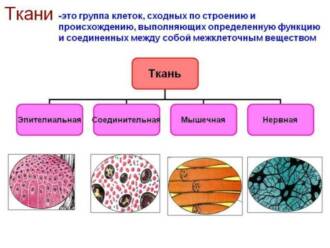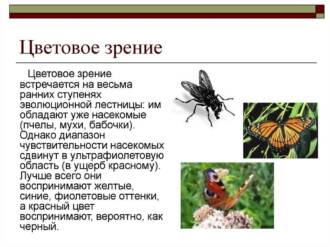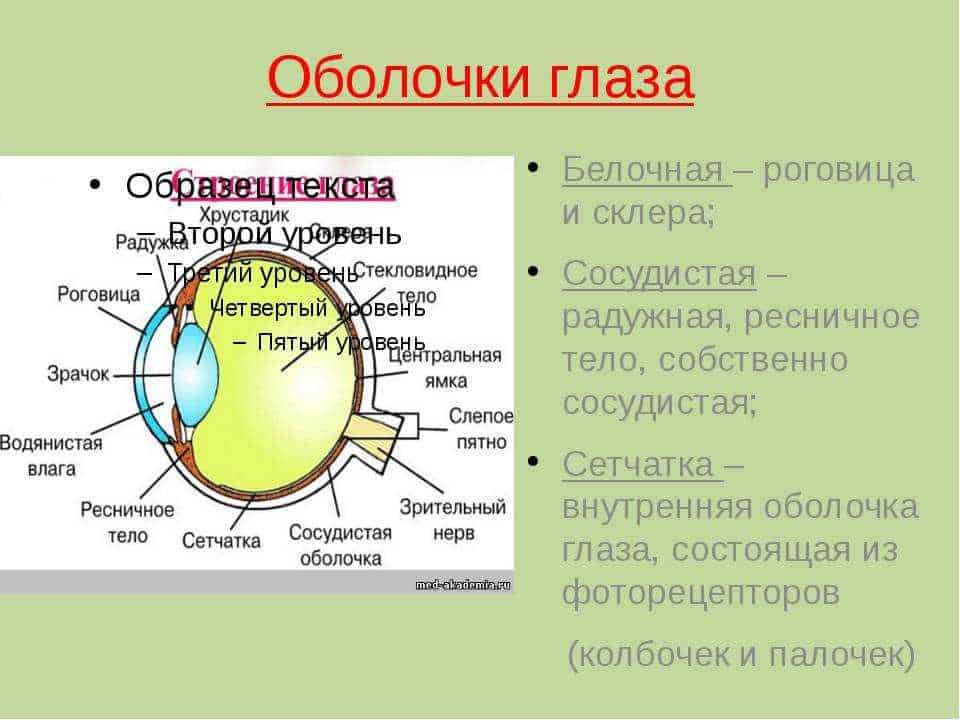
The eyes are one of the most important organs in butterfly anatomy. These beautiful insects have compound eyes that play an important role in their life and behavior. Butterfly eyes have several features that make them unique in the insect world.
First, the eyes of butterflies have a high degree of resolution, which allows them to see very fine details of the environment. This is especially important for butterflies, as they rely on sight to find food and breeding partners. Butterflies can distinguish between colors and shapes, which helps them identify which plants are holding nectar or which members of the opposite sex are nearby.
Secondly, the eyes of butterflies have a wide field of view, which allows them to see everything around them without having to turn their heads. This feature makes butterflies more aware of potential dangers and helps them avoid predators. They can also react quickly to changes in their environment, such as movement or changes in lighting.
Finally, the eyes of butterflies also play an important role in their ability to navigate in space. Through their vision, butterflies can determine the direction and distance of objects and use this information to navigate their environment. They can easily find their way to places where they can find food or ideal breeding conditions.
In general, the eyes play a huge role in the anatomy of butterflies. They allow them to see and perceive their environment and make decisions that help them survive and reproduce. Without these complex organs of vision, butterflies would be significantly less successful in their life and behavior.
Butterfly eyes: unique vision and its impact on behavior

Butterfly eyes are one of the most amazing anatomical attributes of these winged creatures. Their unique vision plays an important role in the behavior of butterflies, allowing them to find food, avoid danger, and find breeding partners.
The main vision features of butterflies are due to their compound eyes, which are made up of many small eyes called ommatidia. Each ommatidia has its own set of photoreceptors capable of detecting light and transmitting information to the butterfly's nervous system.
Thanks to this arrangement of the eyes, butterflies have a wide field of vision and can simultaneously perceive many images. This allows them to easily detect moving objects such as flowers, other butterflies or predators.
In addition, the eyes of butterflies have the ability to perceive colors and capture ultraviolet light, which is visible to them. This is especially important for mate selection, as many butterflies use the colors of their wings to attract attention and determine gender.
The visual system of butterflies also allows them to navigate in space and find their way back to the place where they were born. This is especially important for the migration of some species of butterflies over long distances.
Thus, the eyes of butterflies play a crucial role in their behavior, enabling them to find food, avoid danger, and find mates. The unique vision of butterflies is an excellent example of evolutionary adaptation to the environment and allows them to successfully exist and reproduce in various conditions.
Butterfly eye device

Butterfly eyes are a complex system that allows them to detect and navigate the world around them. They are made up of many small eyes called facets. Each facet contains a microscopic lens and photosensitive cells that respond to changes in light intensity.
Butterfly eyes allow them to perceive a wide range of colors and shapes. Due to the large number of facets, butterflies have a wide viewing angle and can see objects located both in front and from the side. This is especially important for them during the search for food and reproduction.
In addition, the eyes of butterflies have the ability to focus the image on each of the facets separately, which allows them to see very fine details. This is especially useful for butterflies, which rely on sight to detect predators or competitors.
It is interesting to note that some species of butterflies have eyes that can see both ultraviolet and infrared light. This enhances their ability to detect colors and shapes and also helps them navigate their environment.
Features of the visual apparatus
Butterfly eyes are complex organs of vision that play an important role in their behavior and survival. Butterflies usually have two compound eyes, each consisting of many small eyes called facets.
The facets of butterflies' eyes are highly sensitive to light, allowing them to perceive a wide range of colors and the saturation of their surroundings. In addition, the eyes of butterflies are able to perceive movement, which allows them to effectively navigate in space and determine the direction of movement of partners or potential dangers.
The visual apparatus of butterflies also has special elements called ommatidia, which are responsible for image formation. Each ommatidia has a small lens that collects light and directs it to photoreceptors located inside. Photoreceptors convert light signals into electrical impulses that are transmitted to the nervous system of butterflies.
Butterflies also have the ability to see in the ultraviolet range, which allows them to detect flowers and determine the direction of the path based on ultraviolet reflections in the environment. This ability plays an important role in determining where to feed, as well as in finding breeding partners.
Variety of eye shapes and sizes

Butterfly eyes can have a variety of shapes and sizes, which are determined by their anatomical structure and function. Some species of butterflies have large eyes that cover most of the head, while others may have small and narrow eyes.
The shape of the eyes of butterflies can also vary. Some eyes are round or oval in shape, while others may be more elongated or flattened. These differences in the shape of the eyes may be related to the peculiarities of the visual apparatus and the needs of butterflies for vision.
Additionally, some species of butterflies may have eyes that are closer together, forming a wide "bridge" between them, while other species may have eyes that are further apart. These differences in eye placement may be related to the field of view and the ability of butterflies to focus their vision on specific objects.
It is interesting to note that some species of butterflies have eyes with different shapes and sizes on each side of the head. This may be due to different needs in the perception of the environment and the detection of potential threats.
Colorful vision of butterflies
Butterflies are one of the most colorful and beautiful creatures of nature. Their wings are adorned with a variety of colors and patterns that draw attention and allow them to blend in with their surroundings or stand out from the background.
Butterflies have colorful vision, which is different from human vision. They are able to perceive a wide range of colors, including the ultraviolet range. This allows them to see colors and shades that are invisible to us.
The colorful vision of butterflies plays an important role in their behavior and interaction with the environment. They use the colors and patterns on their wings to attract mates, deter predators, or mark their territory. In addition, butterflies can navigate by the color of the flowers they feed on and find food sources.
Interestingly, some species of butterflies are able to change the color of their wings depending on environmental conditions. This allows them to blend in better with the background and provide protection from predators.
Thus, the colorful vision of butterflies is an important adaptive mechanism that helps them survive and reproduce in a variety of natural conditions.
Influence of vision on food search

The eyes of butterflies play an important role in their search for food. Butterflies, like many other insects, determine the presence of food with the help of vision. They have a developed visual apparatus that allows them to see a wide range of colors and shapes.
Butterflies are able to spot bright and intense colors such as red, orange, and yellow, which helps them locate flowering plants where they can find nectar. They can also see ultraviolet light, which is often given off by flowers to attract insects.
The vision of butterflies also allows them to navigate in space and find food sources. They can see objects over long distances and follow them to find their target. Butterflies also have the ability to see movement, which helps them detect moving objects such as animals or other butterflies that can serve as food.
In general, vision is one of the main tools of butterflies in finding food. They detect the presence of food using color perception, ultraviolet light, and motion detection. These abilities allow them to find food sources and survive in their environment.
Visual perception of danger

The eyes of butterflies play an important role in their ability to perceive danger in their environment. Due to their structure and advanced visual system, butterflies can detect potential threats and defend themselves against them.
color vision is one of the key features of butterfly eyes. They are able to perceive a wide range of colors and distinguish subtle shades. This allows them to detect danger, such as brightly colored predators or poisonous plants, that may pose a threat to their survival.
Fields of view butterflies also play an important role in the perception of danger. They have a wide field of view, which allows them to control their environment and notice any movement or unusual objects. Thanks to this, they can quickly respond to a potential threat and take measures to protect themselves.
Besides, response to movement is also an important aspect of the visual perception of danger in butterflies. They have the ability to quickly notice moving objects and respond to them. This helps them avoid predators and other dangers such as traps or webs.
In general, the eyes of butterflies are a key organ for perceiving the environment and identifying potential threats. Their developed visual system and ability to react quickly to danger allow them to successfully survive in their habitat.
Interaction with other butterflies through visual cues
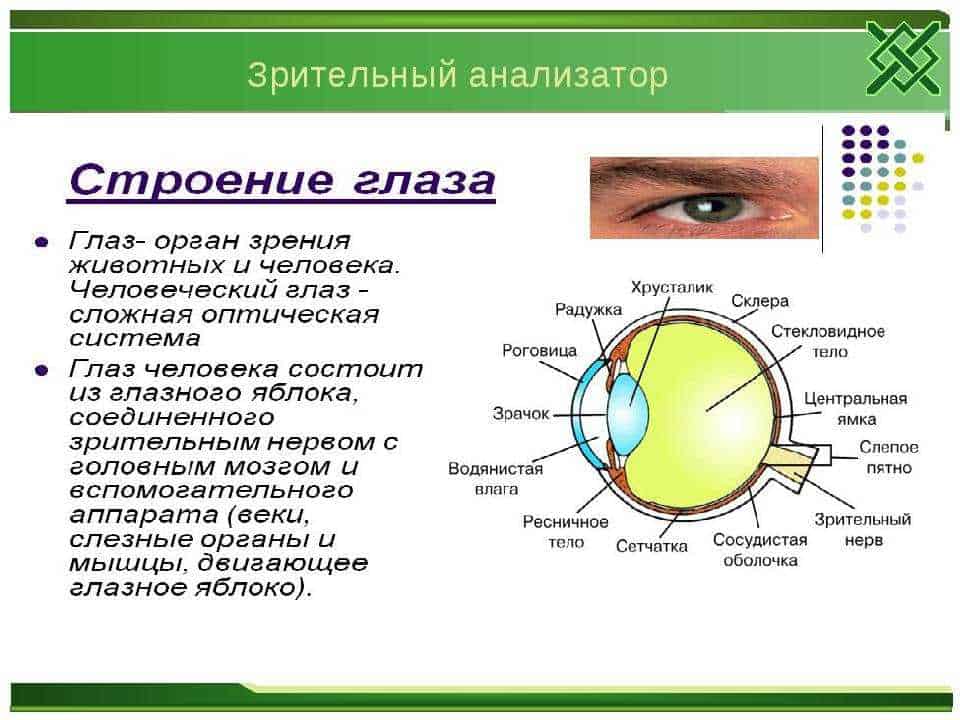
The eyes of butterflies play an important role in their interaction with other members of their species. Due to the complex structure of the eyes, butterflies are able to perceive a wide range of colors and shapes. This allows them to use visual cues to convey information and communicate with their congeners.
Color Signals are one of the most common ways butterflies interact visually. They may use the bright and rich colors of their wings to attract attention and attract a mate. For example, males of some species of butterflies have special orange spots on their wings that attract females. This allows them to successfully reproduce and maintain their species.
Besides, movements and postures can also serve as visual cues for communication between butterflies. They may change the position of their wings, flap them, or perform complex dance moves to attract the attention of a partner or scare away competitors. Such movements may convey information about sexual readiness, territoriality, or aggression.
Besides, patterns on the wings can also be used for communication between butterflies. They may have complex patterns, lines, or spots that may serve as signals to reflect a certain state of the individual or to convey information about their species or position in the hierarchy.
The role of vision in the process of reproduction
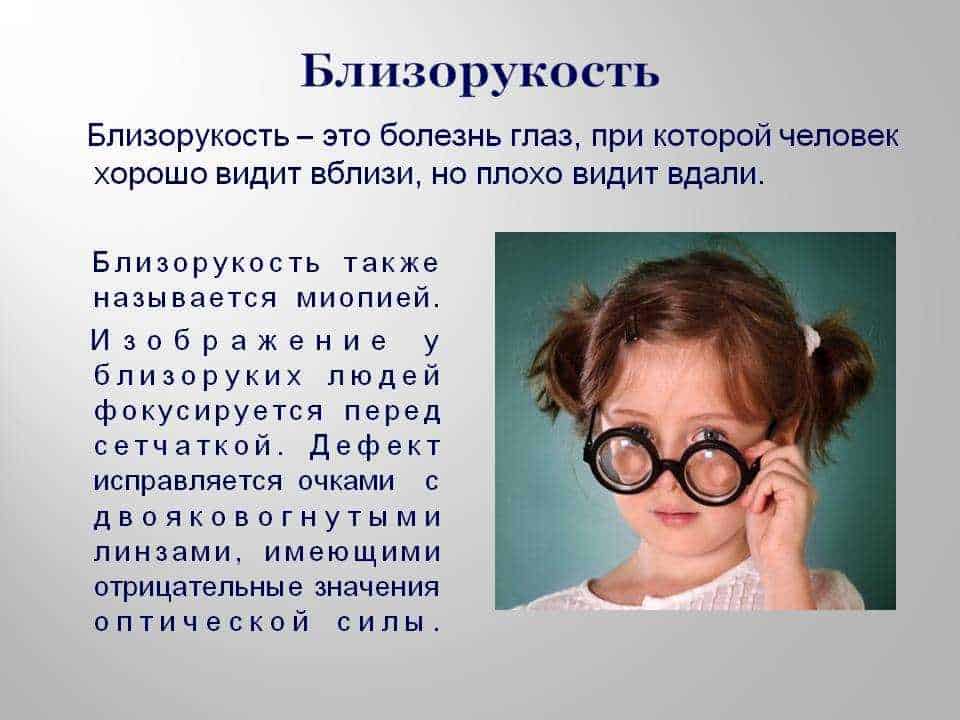
Vision plays an important role in the breeding process of butterflies, influencing their behavior and ability to find breeding partners.
Orientation in space. Butterfly eyes allow them to navigate in space and find suitable breeding sites. They can notice lighted areas where they can stay, as well as determine the distance to other individuals.
Recognition of partners. Thanks to well-developed vision, butterflies can recognize their partners. They pay attention to certain traits, such as color, size, and wing patterns, to determine if an individual of the opposite sex is a suitable breeding partner.
To attract attention. Some types of butterflies use light signals to attract the attention of partners. The eyes allow them to see these signals and respond to them, which contributes to successful reproduction.
Fight for territory. In some cases, butterflies compete for breeding territory. They use their eyesight to determine the most suitable locations and keep competitors out.
Butterfly eye adaptations
The eyes of butterflies are one of the main organs of perception of the environment and play an important role in their behavior. They have a number of adaptations that allow them to navigate effectively in their habitat.
Multifactor vision
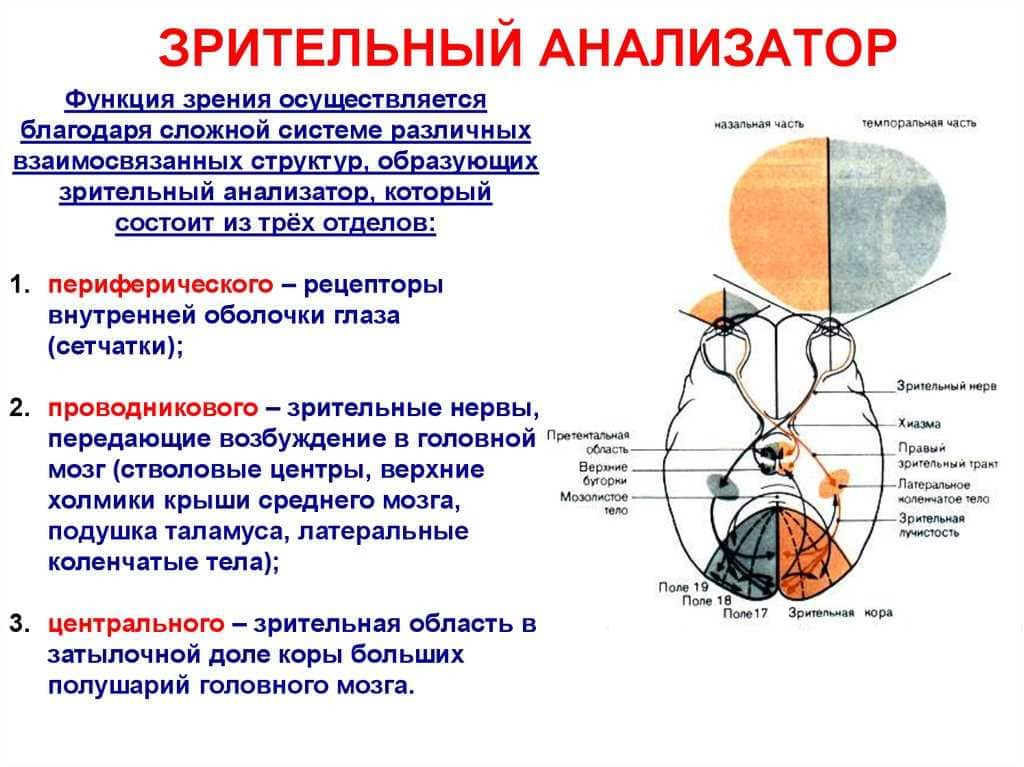
Butterfly eyes are able to perceive not only color, but also other factors such as the shape, movement, and density of objects in the environment. This allows them to quickly respond to danger, identify food, and find a breeding partner.
Expanded range of perception
Butterfly eyes are able to perceive ultraviolet light, which allows them to see colors and shades that are not visible to the human eye. This is especially important for butterflies, which use color information to determine food and reproduction.
The structure of the eye
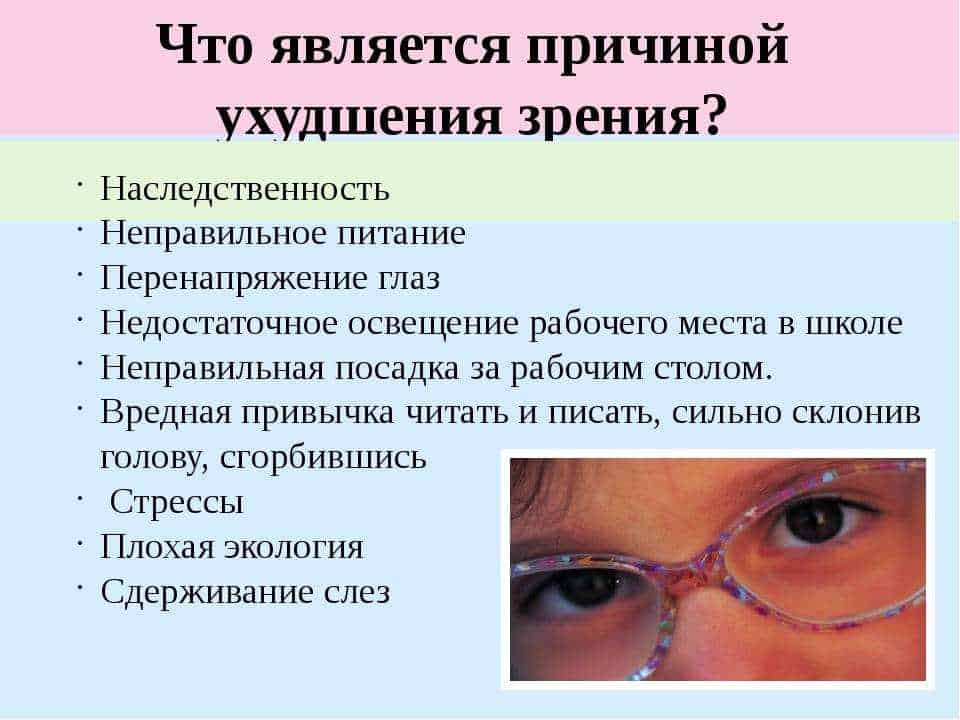
Butterfly eyes are made up of many small facets called ommatidia. Each ommatidia contains its own photoreceptors, allowing the butterflies to take on many different images at the same time. This gives them a wide view and a quick response to changes in the environment.
Overall, butterfly eyes are a unique organ adapted to their environment. They allow them to quickly and efficiently navigate their environment, find food and breeding partners, and avoid danger.

